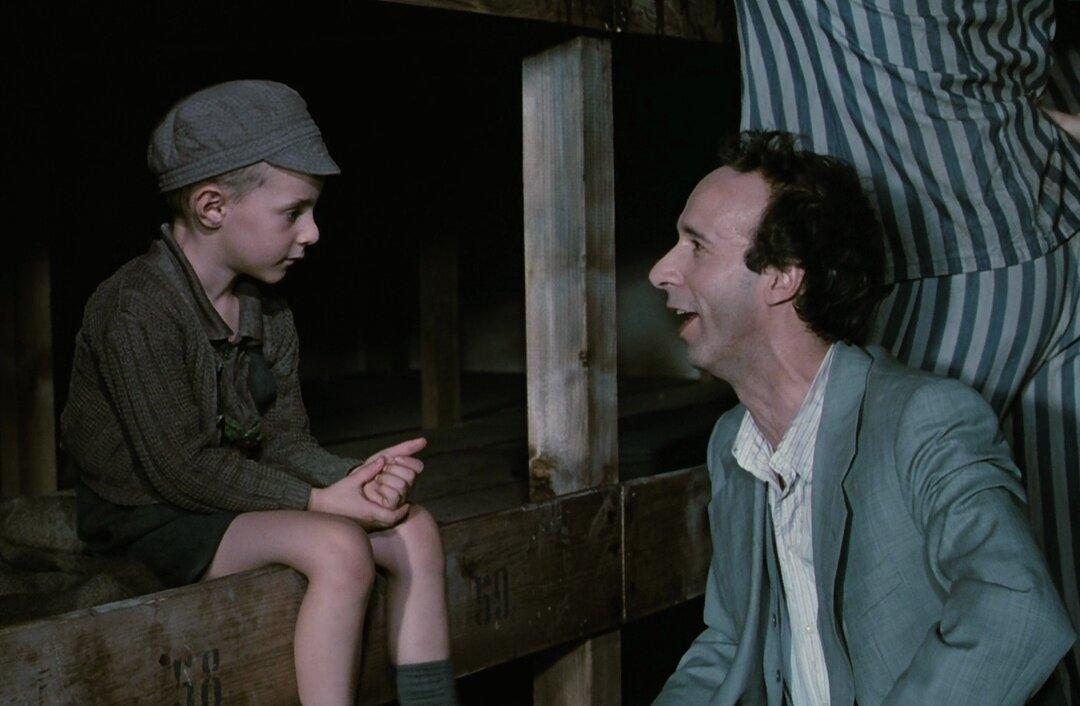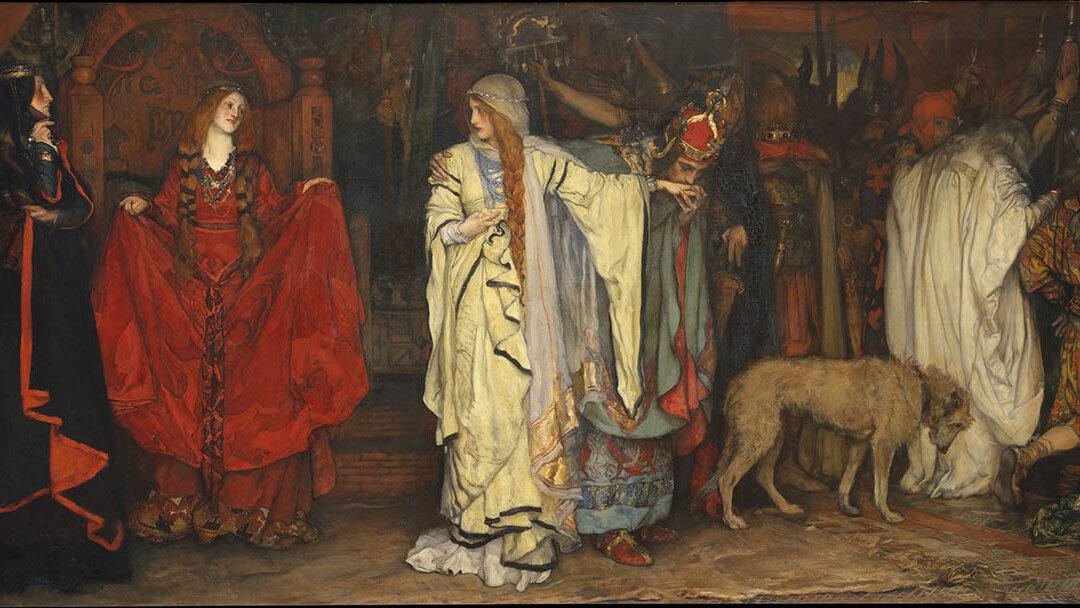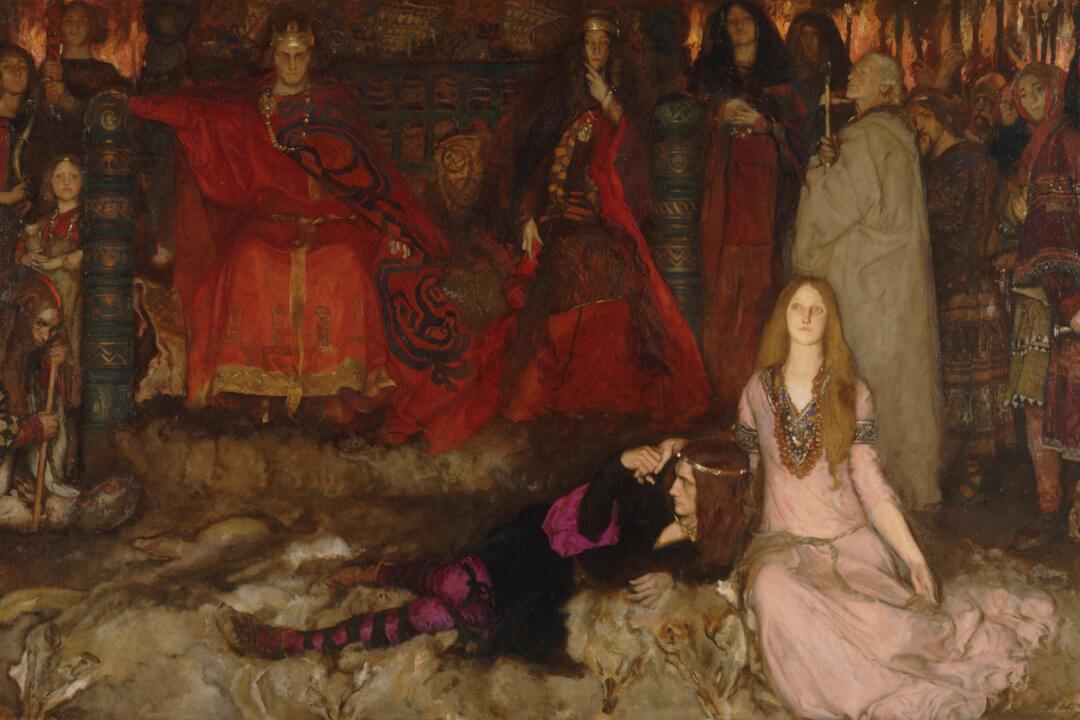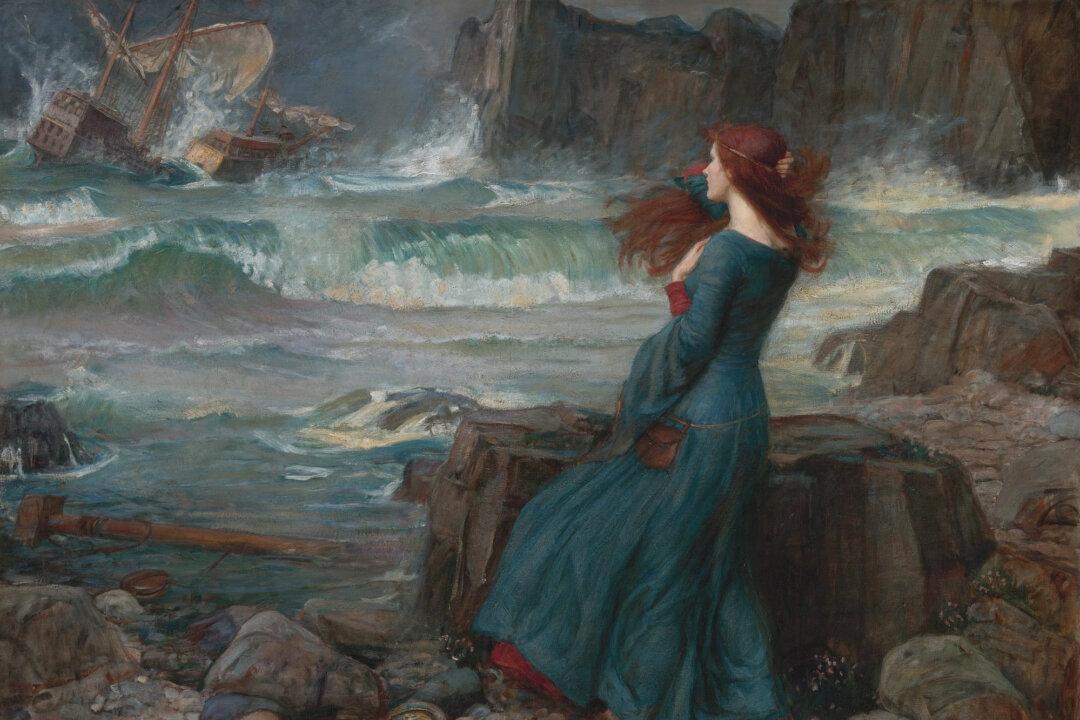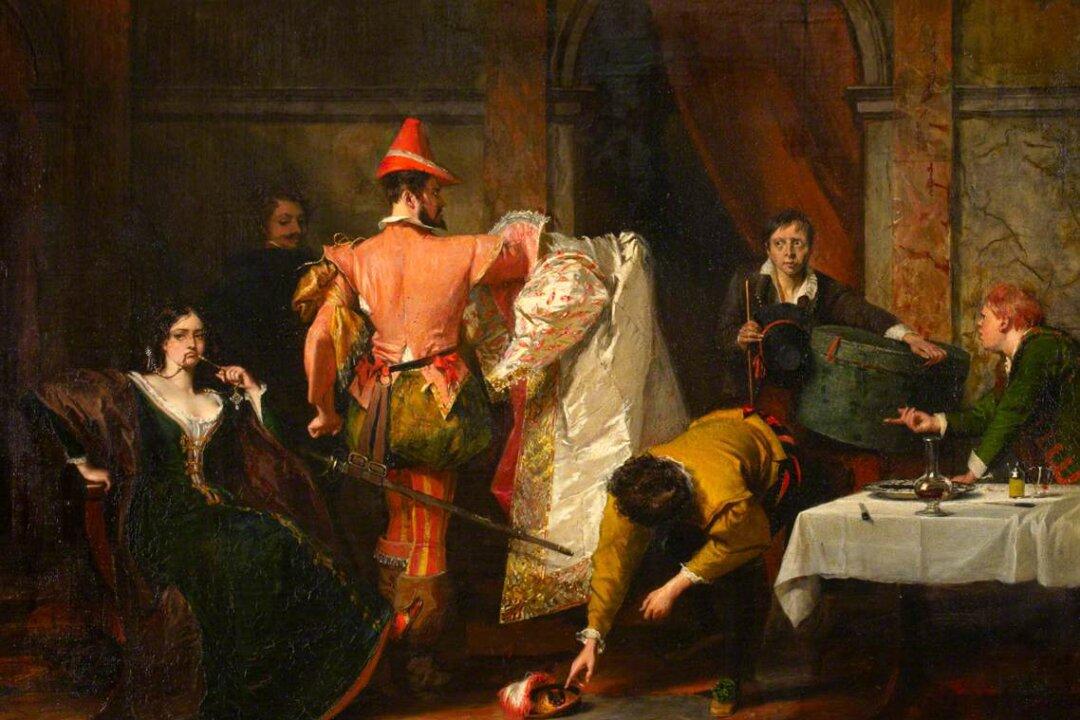Art is powerful. It can make both true and false imaginings seem real. Both “Uncle Tom’s Cabin” and the “Communist Manifesto” changed the world—in opposite ways; art without goodness is dangerous.
For 70 years the Holocaust has commanded our most serious attention. Hitler’s concentration camps have stood for the greatest of human depravities. They force us to confront the most serious questions human consciousness ever must address: Is there justice? Why do the innocent suffer? What is the nature of evil? Does God exist? Since this can happen, what—really—are we?

